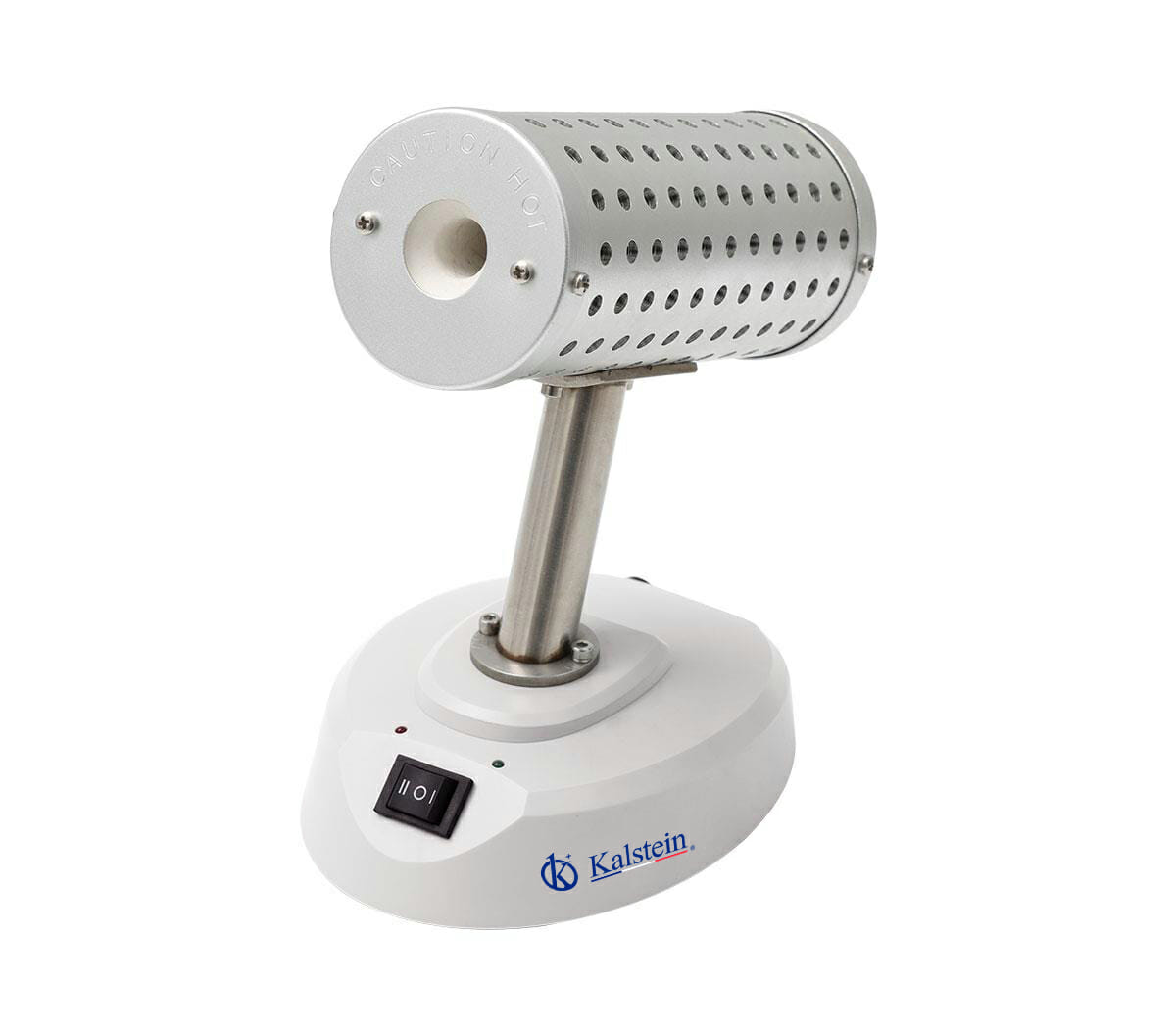A spectrophotometer is a laboratory instrument used to measure the absorbance of a sample as a function of the wavelength of electromagnetic radiation and thus to determine the concentration of substances in a solution. In other words, it makes it possible to know the concentration of substances in a solution and thus to analyze them from a quantitative point of view.
This equipment allows determining the efficiency, sensitivity, spectral range and resolution of the light beam. These will depend on the various designs and optical components contained in the equipment.
Types of spectrophotometers
At present there are different types of spectrophotometers, the most important characteristics are mentioned and detailed below:
- Single-beam spectrophotometer: Light is transported from the sample to the detector, so a reference is needed to perform the analysis.
- The Split-Beam Spectrophotometer: The light is split into two paths, the one passing through the monochromator to the sample and then to the detector, and the one passing to the detector which is used to correct for variations in the light emitted by the lamp.
- Double-beam spectrophotometer: Light travels through two paths to the compartments, each with its own detector. One is directed to the sample and the other to the reference.
- Atomic absorption spectrophotometer: This type of spectrophotometer works by taking into account the wavelengths of the electromagnetic radiation spectrum. These are based on the fact that the molecules that absorb the frequencies are part of the characteristics of their structure.
- UV Visible Spectrophotometer: Its objective is to measure the light passing through the sample, and then compare it with its intensity before it passes through a solution or sample.
Parts of a spectrophotometer
A spectrophotometer usually consists of 4 main parts: a source, a monochromator, a beam splitter, a sample area and a detector. It also has optical elements such as lenses or mirrors, which transmit the light throughout the equipment.
- Light source: The light source illuminates the sample. It must meet the conditions of stability, directionality, continuous spectral energy distribution and long life. The sources used are tungsten lamp and xenon arc lamp. They can be classified as continuous and linear, and also as continuous or pulsed.
- Monochromator: It is a device that allows to obtain monochromatic light, i.e. it isolates the radiations of the desired wavelength that are incident or reflected from the assembly. It consists of the entrance and exit slits, collimators and the dispersion element.
- Photodetectors: The detector detects the radiation, and in turn passes this signal to a recorder. Modern instruments have a series of 16 photodetectors to sense the signal simultaneously at 16 wavelengths, covering the visible spectrum.
- Recorder: It is in charge of converting the physical phenomenon, i.e. the signal obtained in numbers proportional to the analyte in question.
What spectrophotometers do we offer at Kalstein?
In Kalstein we are manufacturers and we offer you an excellent range of spectrophotometers at the best prices in the market. This time we present our spectrophotometer YR01855, which has the following features that make it a great ally in your continuous laboratory work:
- Light: The stray light of YR01855 is below 0.05% T. The monochromator is fully sealed and the optical surfaces are protected with a silicon dioxide membrane.
- Large LCD screen: It adopts 128 * 64 dots LCD screen as the display system. Therefore, the results are easy to read.
- Large data memory space: Can store 200 data sets and 200 standard curves at the same time.
- Upgradeable to scanning model: The instrument can be controlled by Metash’s developed Windows® based UV-Professional scanning software via the USB port. The software expands the function to Quantitative, Kinetic, Multiwavelength and Wavelength Scanning.
For more information we invite you to take a look HERE




